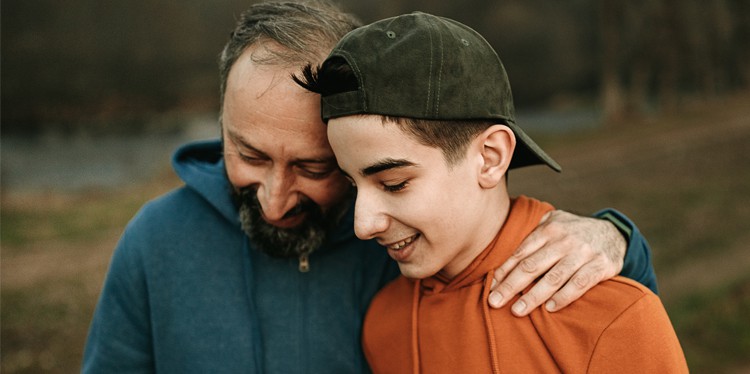Caregiver support: Essential for teens coping with bullying and substance abuse

Both bullying and substance abuse are often on a caretaker’s mind when raising children from adolescents into adulthood. Unfortunately, there are many times when these two issues collide, leaving caretakers battling the effects of both.
Bullying is a concern for many families. Nearly one in five school-age children experience some form of bullying. In 2019, the National Center for Education Statistics reported that 22% of students ages 12-18 reported being bullied at school. The rates of bullying also differ by both race/ethnicity and sex:
- Students who identified as female were bullied at higher rates than students who identified as male.
- Students who identified as being of two or more races were bullied at a rate of 37%, much higher than the overall rate.
- LGBTQ+ students saw some of the highest rates of bullying. The CDC reports that 40% of LGBTQ+ teens experience some form of bullying at school.
Bullying can take many different forms for children. The same report showed:
- 14% reported being made fun of, called names, or insulted
- 6% reported being excluded from activities on purpose
- 5% reported being pushed, shoved, tripped, or spit on
- 4% reported being threatened with harm
- 2% reported being made to do things they did not want to do and having property destroyed on purpose
The consequences of bullying are far-reaching. According to the CDC’s Preventing Bullying resources, the act of bullying can result in serious physical injury, emotional stress, and self-harm, while also increasing a child’s risk of developing depression, anxiety, and sleep difficulties. These consequences aren’t restricted to the victims of bullying. Children who bully others also have an increased risk of substance misuse, academic problems, and experiencing violence in later life. Adolescents and children who both bully and are bullied suffer the most serious consequences and greatest risk for related mental health and behavioral problems.
As a result of bullying, many children resort to substance abuse to cope. In general, substance abuse is still a relevant issue among high school students. The CDC reports that 15% of high schoolers reported using select illicit drugs at least once. These numbers rely on self-reported data so you can imagine the gap. Multiple studies have found that children involved in bullying (as either the bully or bully victim) have a higher risk for alcohol, tobacco, and cannabis abuse compared to bystanders.
There is hope and as a caregiver, you can be a great source of support for your child. Research on the dynamics of substance abuse and bullying shows that increased caregiver involvement and monitoring lowers the risk of children using substance abuse as a coping mechanism. For caregivers who are concerned with their children being involved in bullying (either as the perpetrator or the victim), talk and listen to your children’s problems and concerns, and provide support and compassion even if your child hesitates to open up about what they are going through. This is especially important for teenagers who are experiencing independence and self-reliance for the first time. Even as teens explore what it means to be on their own, it makes a difference when they know they can turn to you for support, no matter what they are facing.
Sources and more information
- CDC: Preventing Bullying
- CDC: Substance Abuse
- Institute of Educational Sciences: Fast Facts: Bullying
- National Library of Medicine: Substance Use among Adolescents Involved in Bullying
- ScienceDirect: Analysis of the relationship between school bullying, cyberbullying, and substance use
About the author
Michala Carlson is completing their Masters of Public Health in Health Data Science at the University of Minnesota. They are doing their applied public health experience with the Hennepin Healthcare Between Us program.

